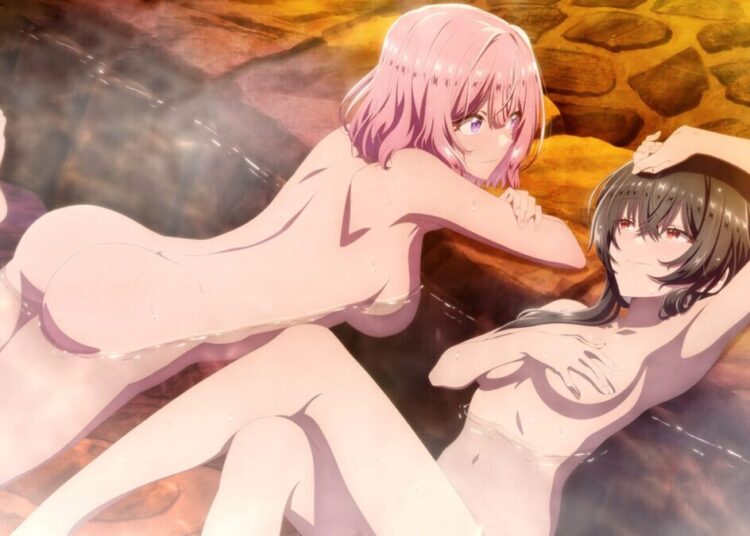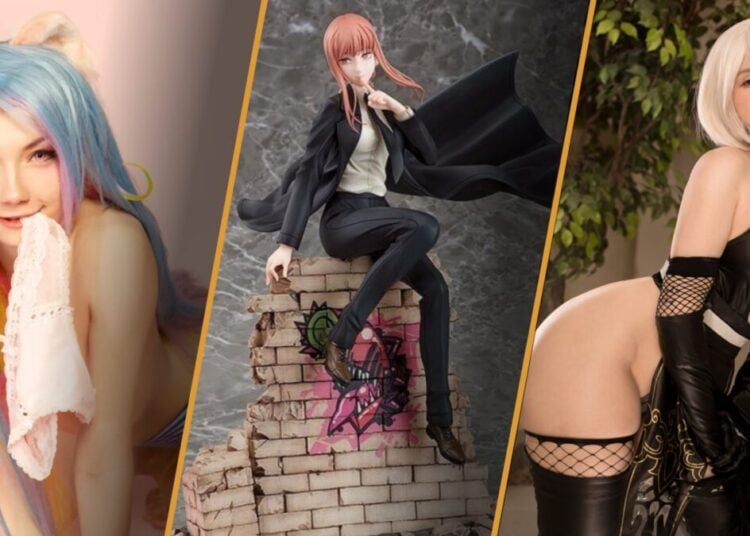What anime really taught you about Japan? While I learned a lot from all the early manga and anime I was exposed to, I’d have to say the one that taught me the most about Japan was the Rumiko Takahashi classic Maison Ikkoku, which ran for 96 episodes from 1986-1988. Let’s reminisce about this classic anime, which I believe is the most perfect Takahashi work, and which also set up many of the famous anime tropes we know today.
Last night I caught this great TV show on Japanese TV called the 100 Most Famous Songs, which presented the most famous songs in Japan from the late Showa Period to today. There were many classic songs by Seiko Matsuda and Akina Nakamori and Hideki Saijo and Ryoko Shinohara to watch and feel nostalgic over. But when then-17-year-old Yuki Saito sung the classic Kanashimi yo Konnichi wa (the song above) I knew I’d be blogging about Maison Ikkoku today.
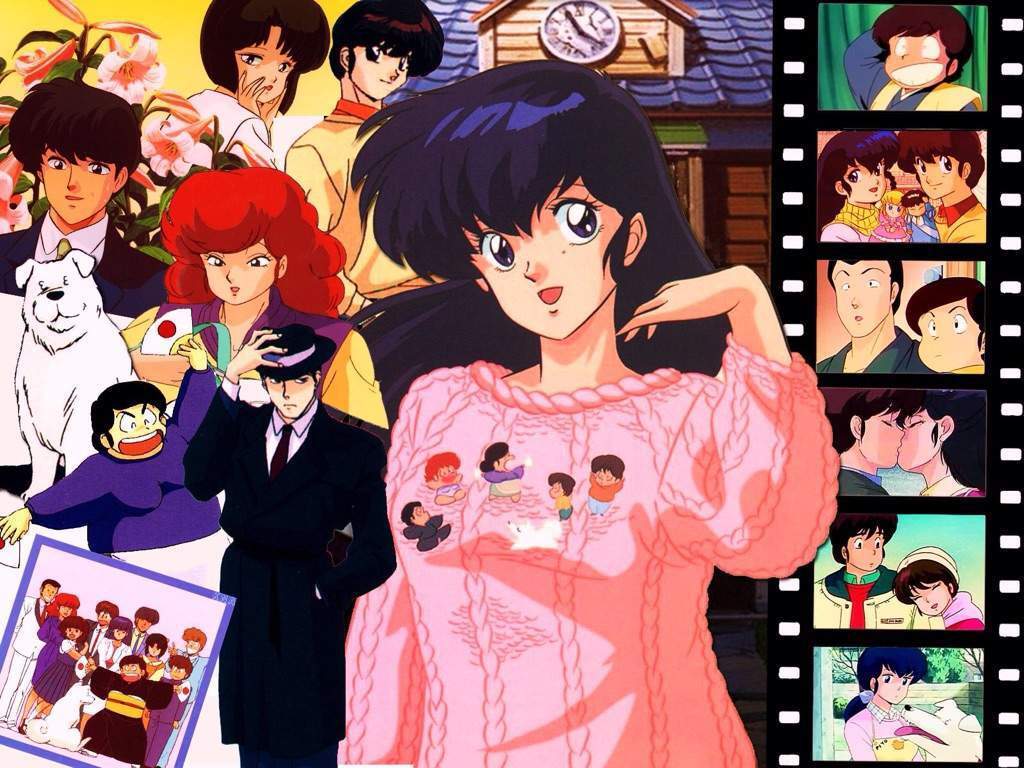
The Story of Maison Ikkoku
Maison Ikkoku is the story of the recently-widowed Kyoko Otonashi, who has become the manager of a run-down apartment building in Tokyo called Maison Ikkoku. (It’s fashionable to use foreign words when naming apartment buildings in Japan, “maison” or “heights” or “hills.”) Her husband Souichirou has just died, and to give her life some purpose she’s asked her father-in-law to let her work as the kanrinin (caretaker) of the apartment building he owns.
In addition to several drunk and irresponsible residents who live in the apartment, Kyoko encounters Godai, a university ronin, someone who has failed his entrance exams and is in limbo for a year until he can try again next year. Godai falls in love with Kyoko, but how could an unemployed failure like himself ever hope to become worthy of winning her heart, to say nothing of her hand in marriage? That’s the years-long journey of Maison Ikkoku.
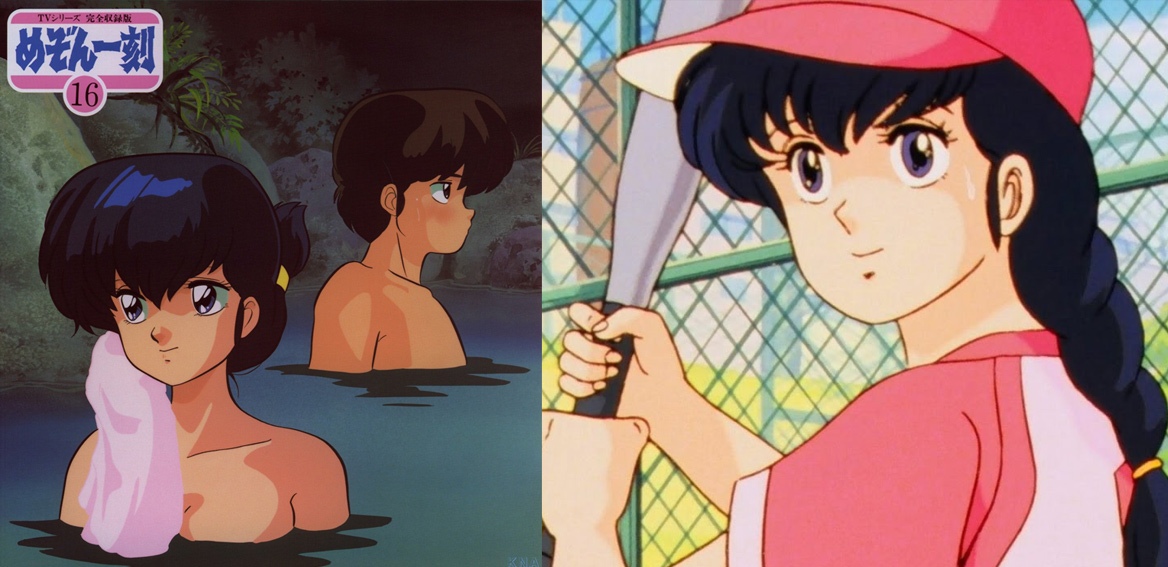
Maison Ikkoku Was a Trope Maker
One of my hobbies as an anime fan is to delve into the history of anime tropes that are common today and see where they started from. These days, we’re all familiar with baseball episodes (where everyone in a non-baseball-related show drops what they’re doing to play ball), and of course the random hot springs fanservice episode. As near as I can tell, these both got their start in this great anime.
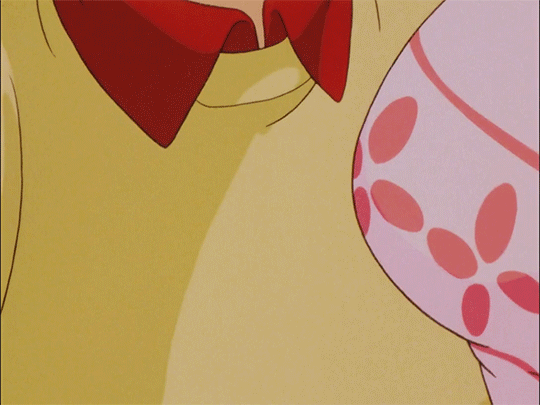
Of course, it also had its share of fanservice, from Akemi being half-naked in every scene to moments like this.
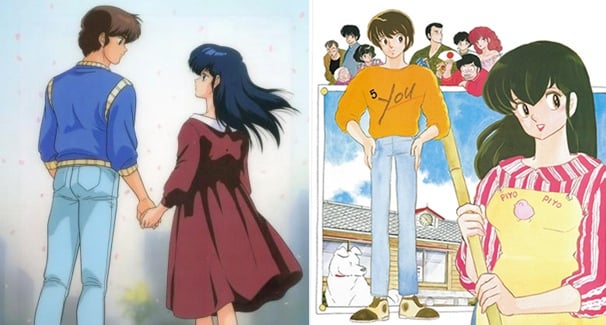
The Anime Featured Character Designs by Akemi Takada
You can’t make it through the 1980s as a fan without obsessing over character designers. While I’ll be a fan of Haruhiko Mikimoto and Ken’ichi Sonada til the day I die, I also love the work Akemi Takada did, acting as character designer to series like Maison Ikkoku, Kimagure Orange Road, Patlabor and Creamy Mami.
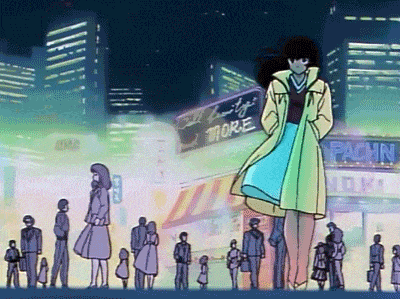
Maison Ikkoku Allows us to Visit Showa-Era Japan
As I’ve written before, one of the attractions of anime is that it’s timeless, allowing us to enjoy works from past decades we might not take an interest in, if it were old television shows or live-action films. I love the way we can feel the “grit” of the mid-1980s, a time with no Internet and no cell phones.

It’s the ‘Most Perfect’ Rumiko Takahashi Work
I won’t try to convince you that Maison Ikkoku is the “best” Takahashi work, since we all came of age in different time periods, and will probably love whatever we were first exposed to. But back in her heyday, I felt that some of Ms. Takahashi’s works were “too popular” and were thus doomed to continue forever…until they suddenly came to an end, without a proper story framework or goal that things were going to. But Maison Ikkoku always had one goal from the beginning of the story, and everything was executed beautifully.
Agree or disagree with me? Tell me in the comments below!
It Taught Me the Joy of Understanding
One enjoyable element of studying a language like Japanese is the positive feedback you get when you get an answer correct, like the time I was taking the JLPT test level one, and needed to know the character for whirlpool, which I luckily guessed as 渦 uzu. It was the one time in my life when being a Naruto fan might have helped me, since Naruto’s last name is Uzumaki. Guessing this character correctly, and passing the JLPT test, gave my brain a euphoric feeling that helped me continue my studies.
A similar time I experienced this euphoria was when I realized that the characters in Maison Ikkoku are set up in a numeric system according to the numbers present in each character’s name, which had eluded me for some reason. The ten numbered characters are:
- Asuna Kyujo (‘ninth avenue’), a rich girl who wants to marry Mitaka and whose dog gets pregnant by his dog, allowing them to marry.
- Ibuki Yagami (‘eight gods’), a cute girl who wants to marry Godai.
- Kozue Nanao (‘seven tails’), a fiery girl tutored by Godai who wants to win his heart.
- Akemi Roppongi (‘six trees’), the slutty barmaid who hangs out half-naked in Godai’s room, and who ultimately forces them together by making Kyoko jealous. She lives in room 6.
- Yusaku Godai (‘fifth generation’), our hero, who naturally lives in room 5.
- Yotsuya-san (‘four valleys’), the mysterious man who lives in room 4.
- Shun Mitaka (‘three hawks’), a tennis coach who’s courting Kyoko. Because he doesn’t live in the apartment building, room 3 is always empty.
- Nozomu Nikaido (‘two-story temple’), a university student who lives in room 2.
- The Ichinose Family (‘first river ford’).
And Kyoko Otonashi (the family name means ‘absence of sound’) is the “zero” element to the story, since everything revolves around her.
The video Kiss of Glass is from the Maison Ikkoku final movie, which tells the events of the night before Kyoko and Godai’s marriage, spells the number system out. The character of Nikaido, who is present in the manga but never in the series, is brought back into the story just so they could show the complete countdown from 9 to 0. (It starts at the 1:07 minute mark, enjoy the German dub up to that point.)
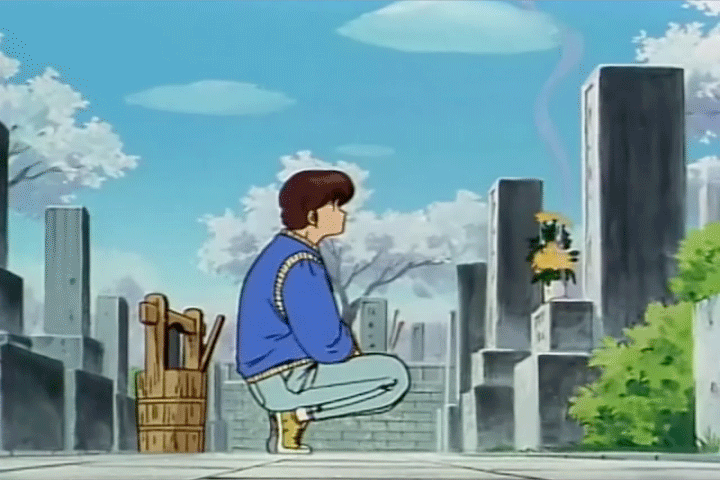
It Made Me Reflect On My Life for the First Time
When you’re 21 years old and busy learning Japanese in university, naturally you assume you’re going to live forever. But a perfect anime like Maison Ikkoku can really make you stop and think.
First there’s the line from the OP Kanashimi yo Konnichi wa (though it’s not in the embedded short version above, so here’s a full version with translation provided) that goes, deai to onaji kazu no wakare ga aru no ne or “the number of farewells a person experiences during their life is equal to the number of first-time encounters they experience.” This seemed extremely deep to me: the number of important people who enter your life is equal to the number who will exit it someday, by death or some other kind of separation.
https://twitter.com/JListPeter/status/1293061297962016768
Then there’s the glorious scene where (spoilers) Godai finally works up the courage to propose to Kyoko, in the video above. He says,
“To your father, you’re still just a little girl. But to me, you’re the only woman in the world. Please marry me…please give the rest of your life to me.”
“Make one promise to me. Please, even if it’s just by just one day, live longer than me. I can’t stand to be alone like that, ever again.”
Makes us all think about how we’re all in this thing called ‘life’ together, and we should perhaps keep that in mind, and be as kind as we can to the people who are important to us while we have the chance.
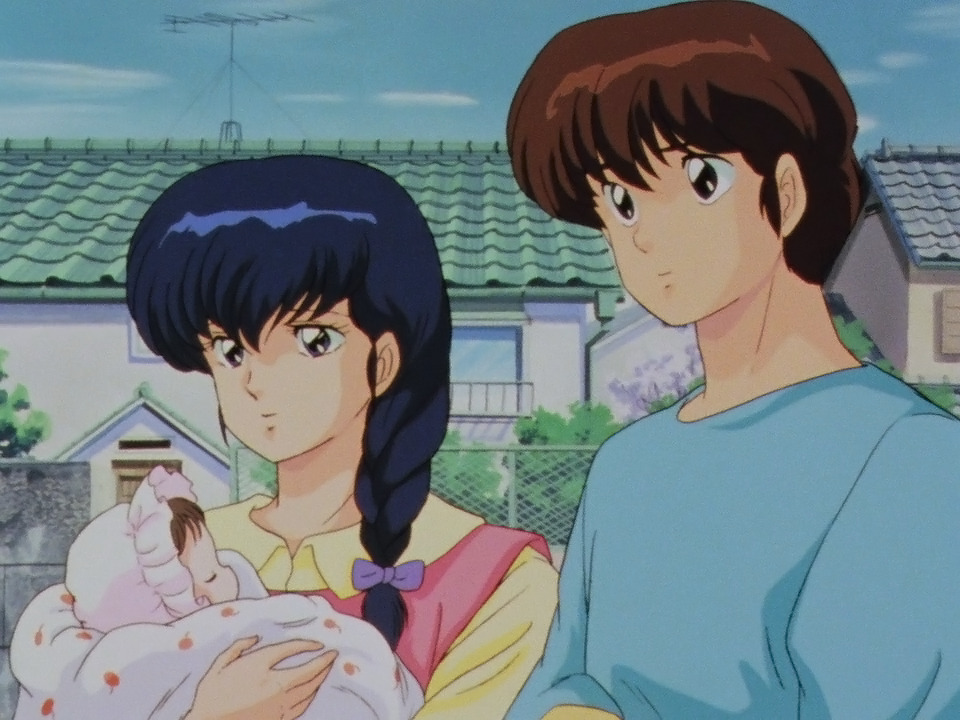
Thanks for reading this post! I hope you’ve learned something about Maison Ikkoku you didn’t know, or were reminded of how awesome a thing it was if you were already familiar with the series.
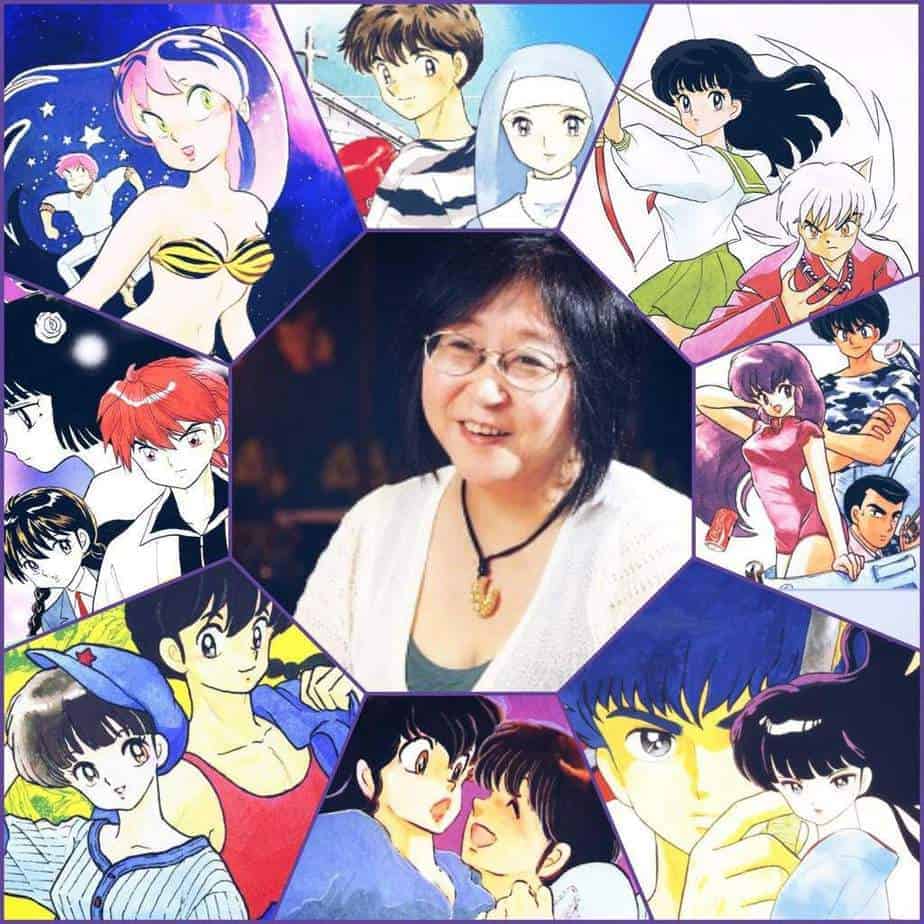
What’s your favorite Rumiko Takahashi series? Tell us below, or on Twitter!
We love to bring you amazing artbooks from Japan, including professionally printed artbooks as well as amateur “doujin artbooks” made by Japan’s up-and-coming artists. We also stock outstanding How to Draw books that can help you “level up” as an artist!



